The Crystal, located in Chongqing, China, called as the world’s longest “horizontal skyscraper.” It stretches 300 meters across the tops of four skyscrapers at the Raffles City complex. Designed by Moshe Safdie, this structure represents a “horizontal skyscraper” concept. Its design makes the sky bridge stand high, about 250 meters above the ground, to connect two sets of twin towers into an architectural feat that combines structural ingenuity with striking aesthetics.
The engineering work of The Crystal was led by Arup, which faced the difficult structural demands of the project. This was an extremely lengthy and hence heavy structure with particular regard to the earthquake-prone area. The engineers at Arup used state-of-the-art techniques in order to reinforce stability across all four towers while balancing the load of the immense sky bridge.
More than an architectural statement, the multi-use space is a living hub for both residents and visitors. Inside this sky bridge lie restaurants, an observatory, a sky garden, and entertainment venues. With its wide glass frontage, there is a great view of the Yangtze and Jialing rivers, blur the indoor-outdoor experiences, and foster a display of natural beauty of Chongqing.
The Crystal’s Structural and Environmental Features
The Crystal is innovative design at its core, considering it’s dropped into the subtropics of Chongqing; with high humidity and fluctuating temperatures in this region, Arup’s engineers provided the structure with state-of-the-art insulation and ventilation systems that keep the internal climate at an optimum level. Its double-layered glass facade does plenty of tasks: it reduces solar heat gain and allows unobstructed views, therefore achieving energy efficiency along with aesthetics.
Designed by Safdie Architects, this approach toward architecture puts an emphasis on connectivity, and in that respect, the design of The Crystal embodies that ethos: the integration with its surroundings and fostering interaction within the urban environment. Especially, the sky garden brings a touch of nature into the heart of the city, blending lush greenery with the elements of modern design.
Compared to the Line by NEOM, led by NEOM, including architects from Morphosis and Populous, The Crystal’s approach toward sustainability is more site-specific, responding to existing environmental conditions rather than seeking to achieve zero carbon emissions.
Contrary to The Crystal, NEOM’s The Line is conceived as a self-sustaining, vertically stacked city in the Saudi desert, mapping out a path to become carbon-neutral with the help of renewable energy sources and AI-driven urban management. The Crystal, on the other hand, brings climate-conscious architecture into an already urbanized area, beautifying an already-existing landscape rather than forging a new one.
Future of Horizontal Structures: The Crystal vs. The Line
The Crystal at Raffles City Chongqing and NEOM’s The Line represent two contrasting yet forward-looking visions of urban architecture, responding to the different imperatives of modern urban life.
The Crystal and The Line both push architectural boundaries by creating vast horizontal structures, but while The Crystal is an operational sky bridge linking buildings with a focus on urban mixed-use, The Line is a futuristic city concept designed to house millions sustainably in a condensed, linear layout spanning the desert landscape.
On the other hand, The Line is expected to be the world’s longest horizontal structure. The Line initially is planned to be the world’s longest horizontal structure, stretching 170 kilometers across the desert landscape of NEOM. But lately, The Line, originally envisioned as a 170-kilometer linear city, was recently scaled back to a slightly shorter distance.
Initial designs called for a monumental horizontal structure that would span the entire 170 kilometers, accommodating approximately 9 million residents. However, in 2024, planners reduced this length, possibly due to challenges in resources, environmental concerns, and logistical feasibility.
You might be interested:
- The World’s Thinnest Skyscraper: Steinway Tower
- 10 most striking Manhattan skyscrapers
- The world’s tallest wooden skyscraper will be built in the US





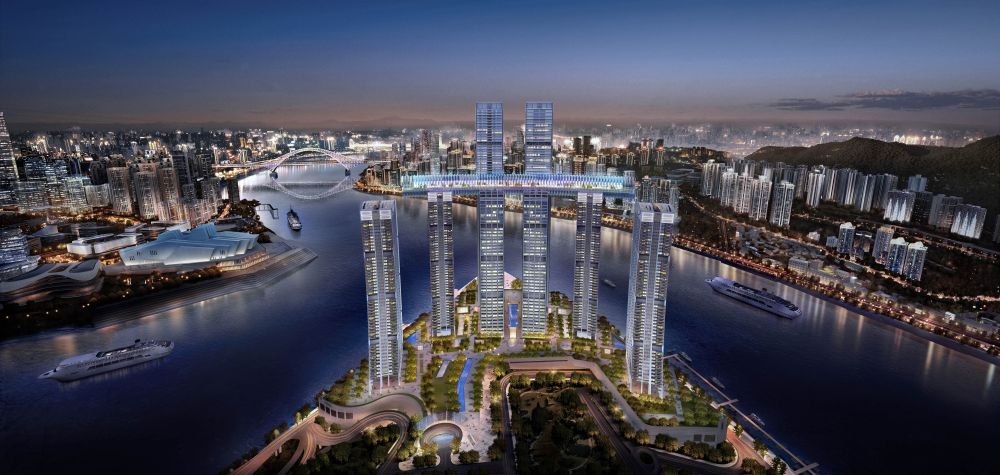
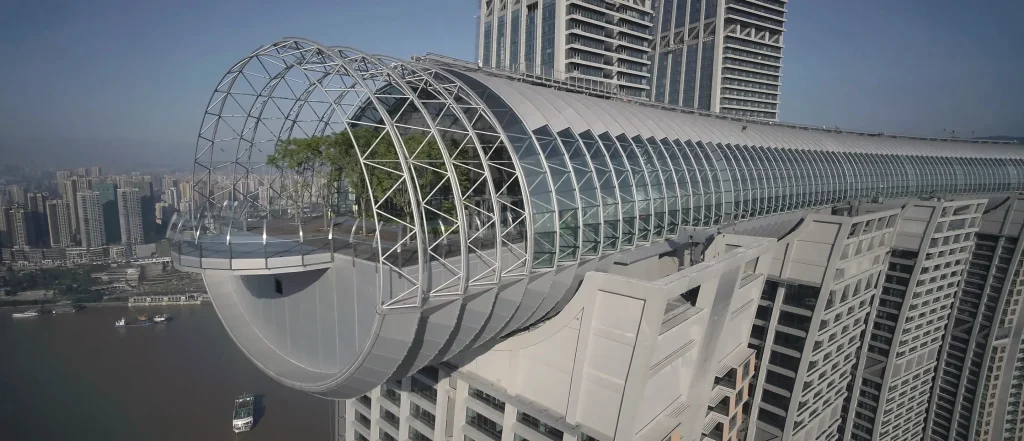
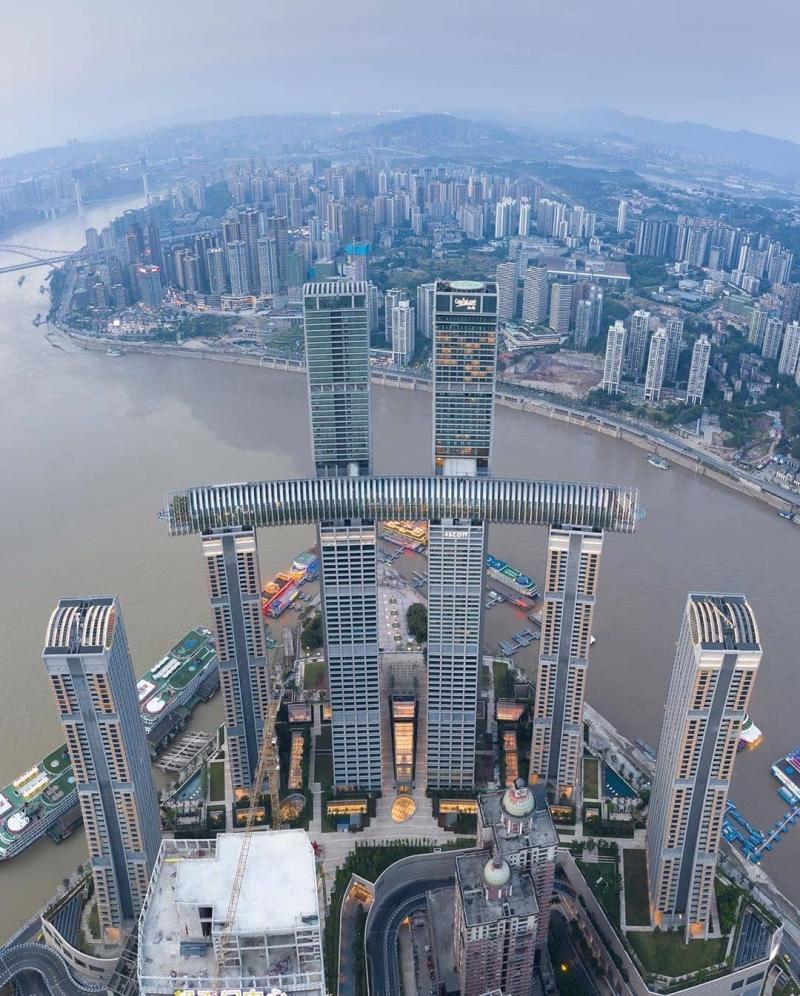
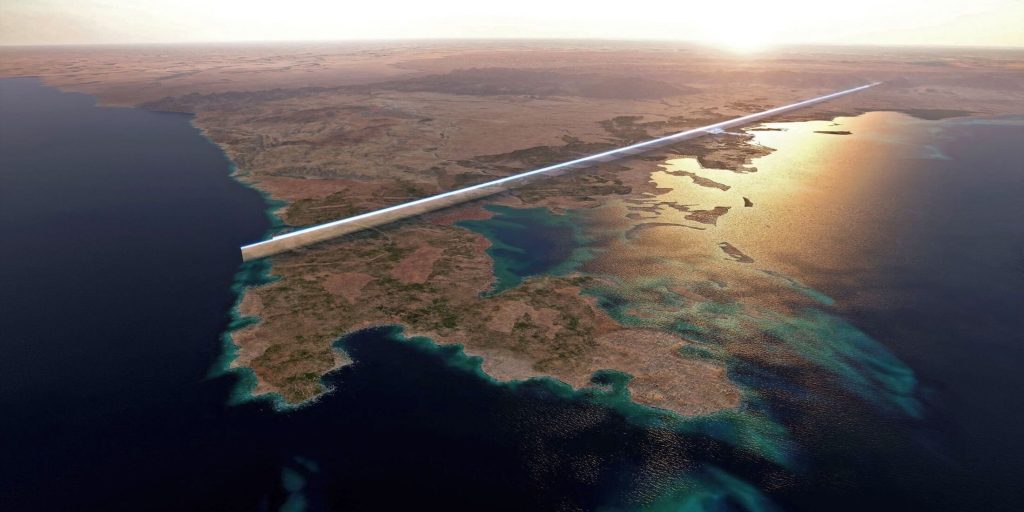

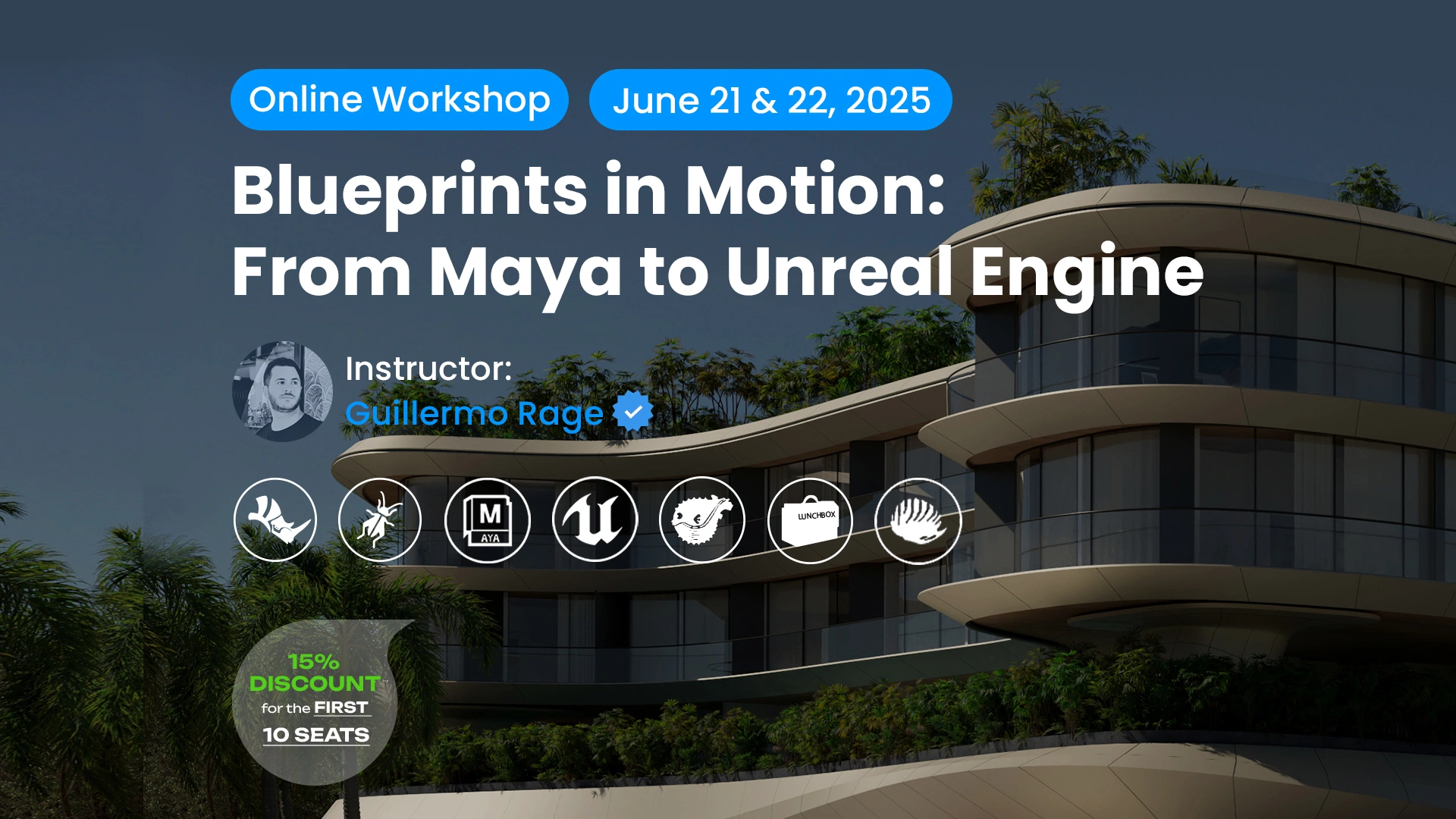

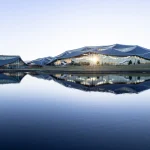










Leave a comment